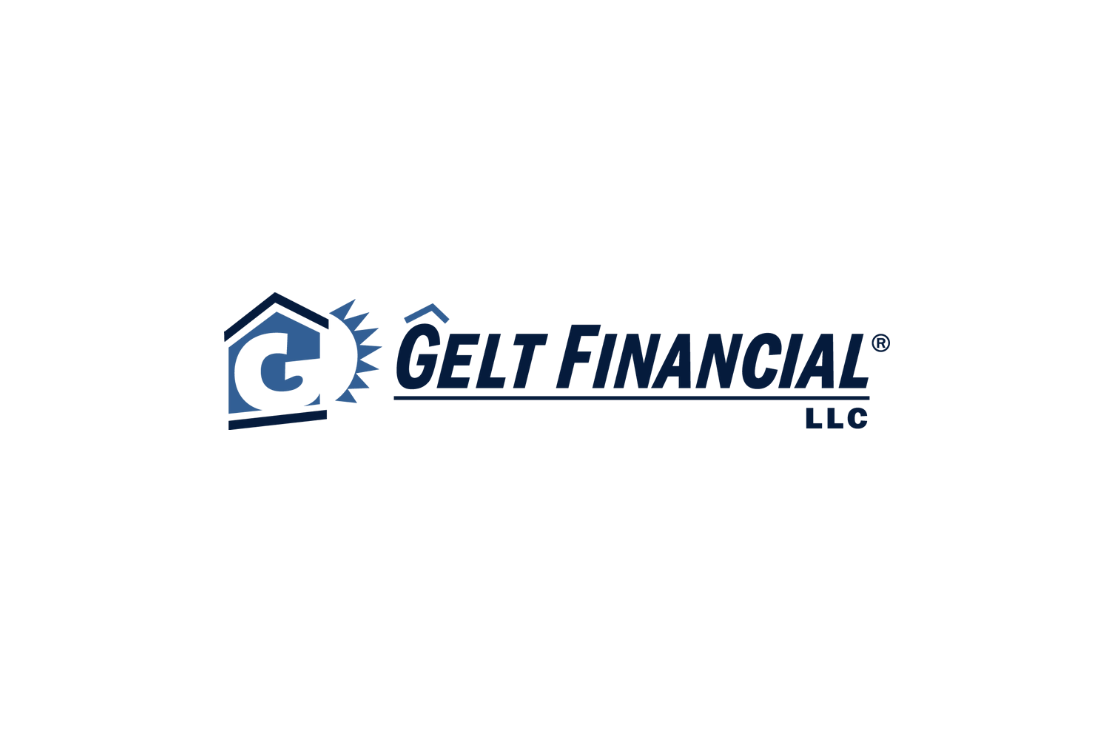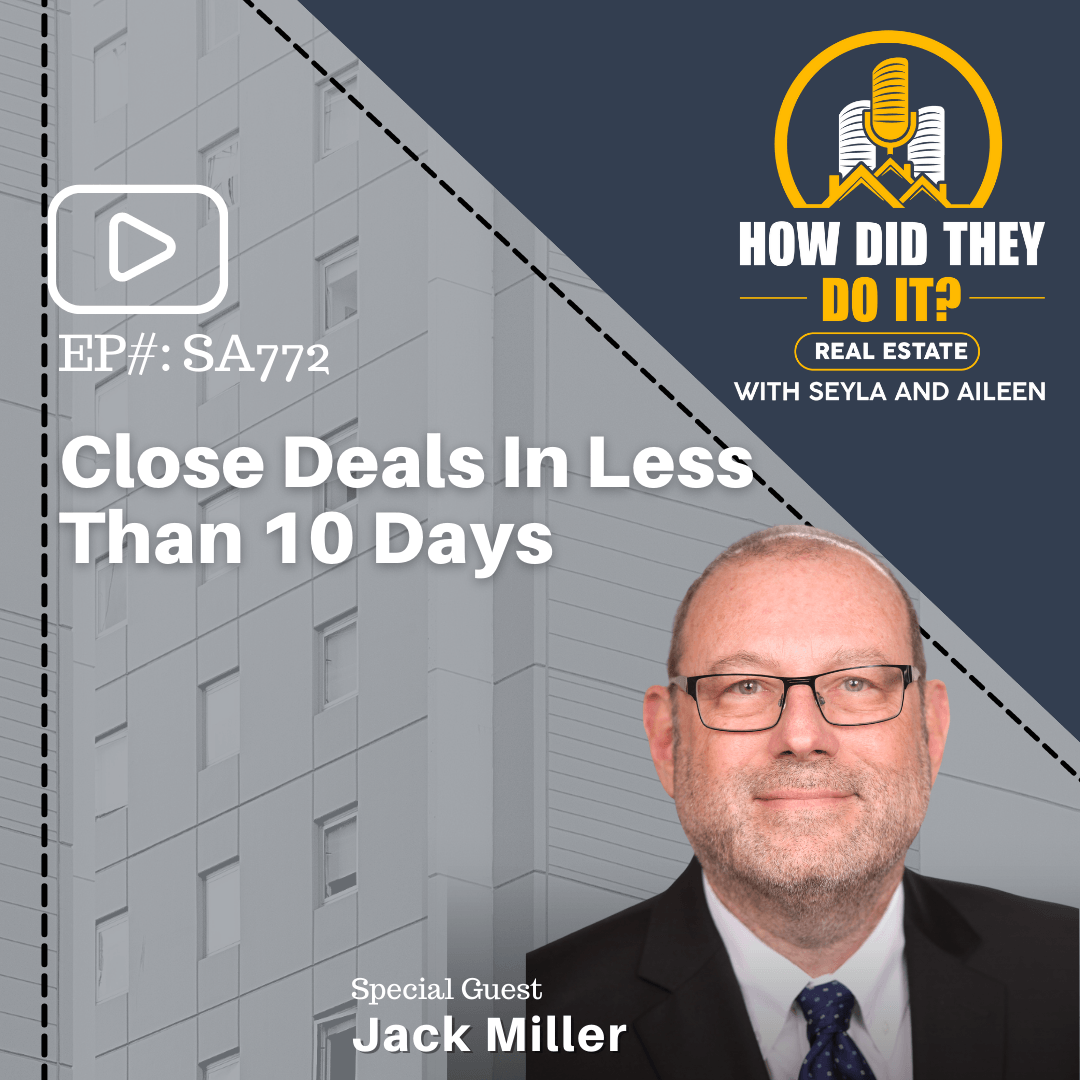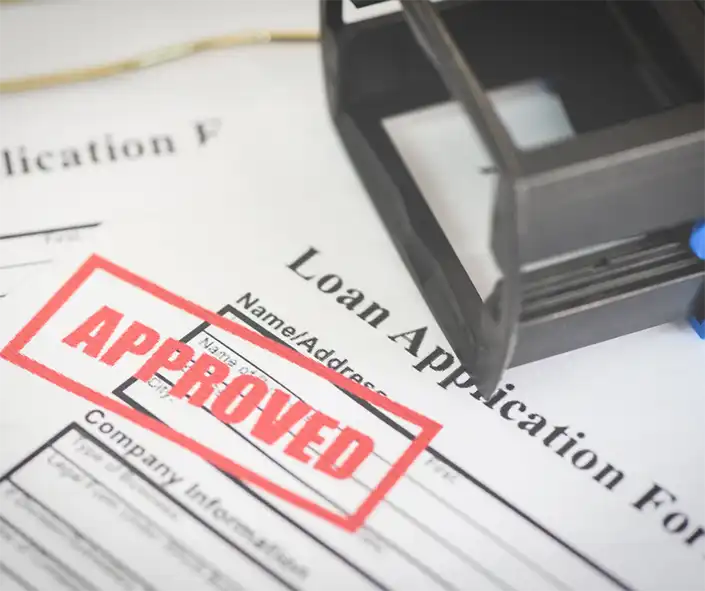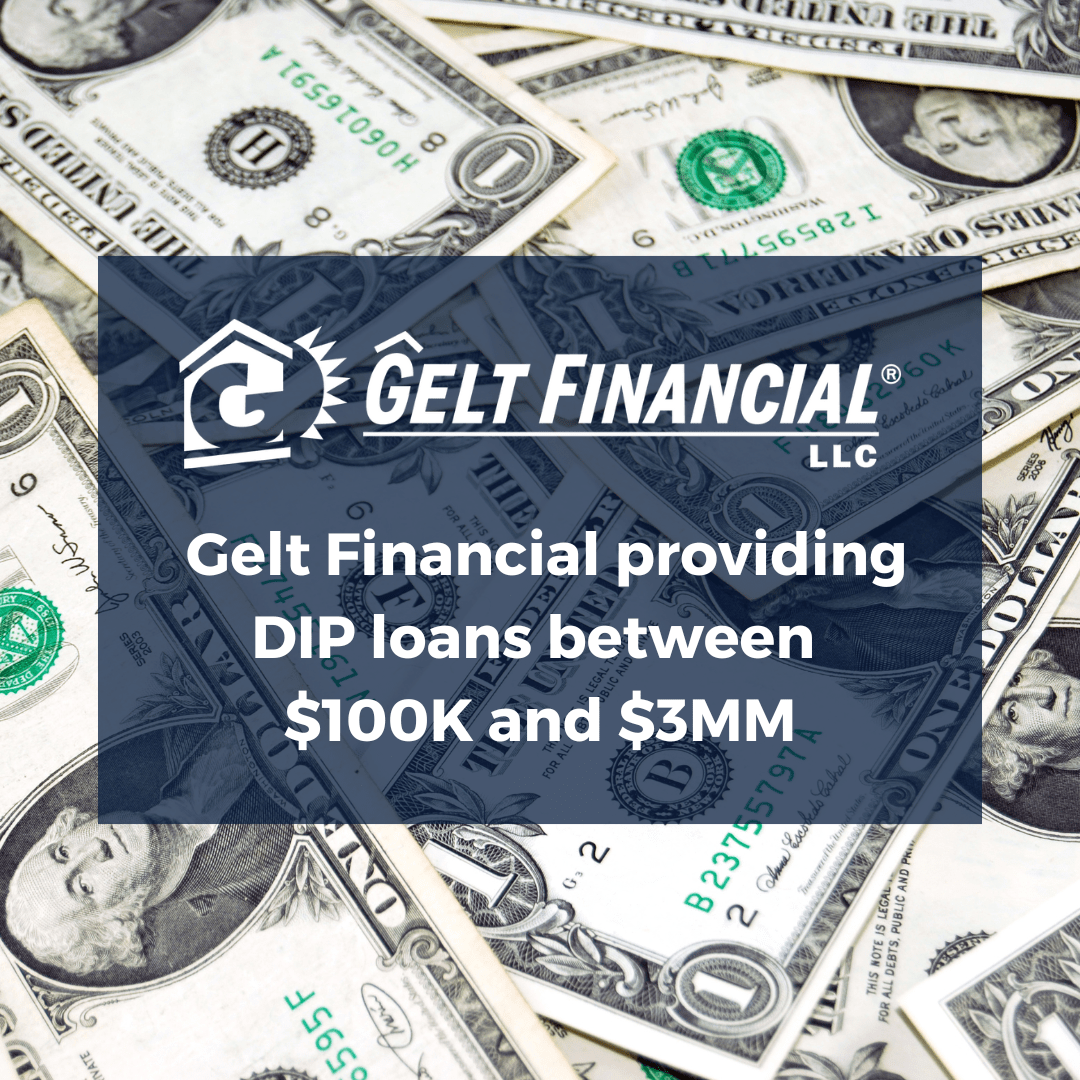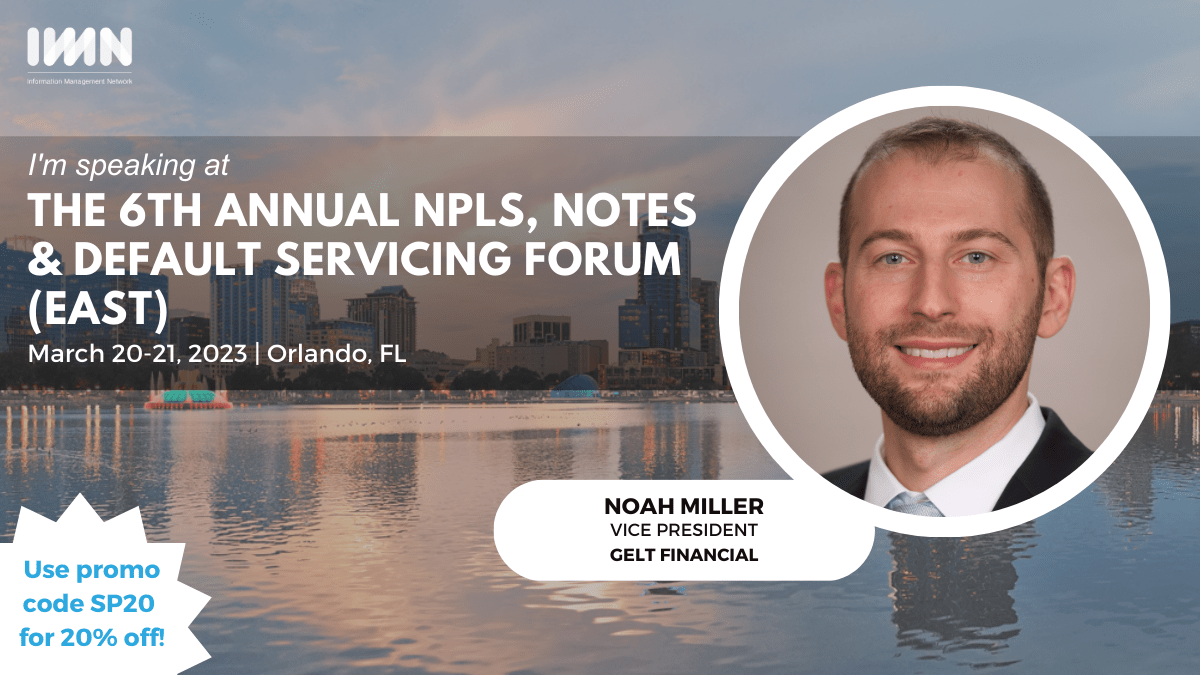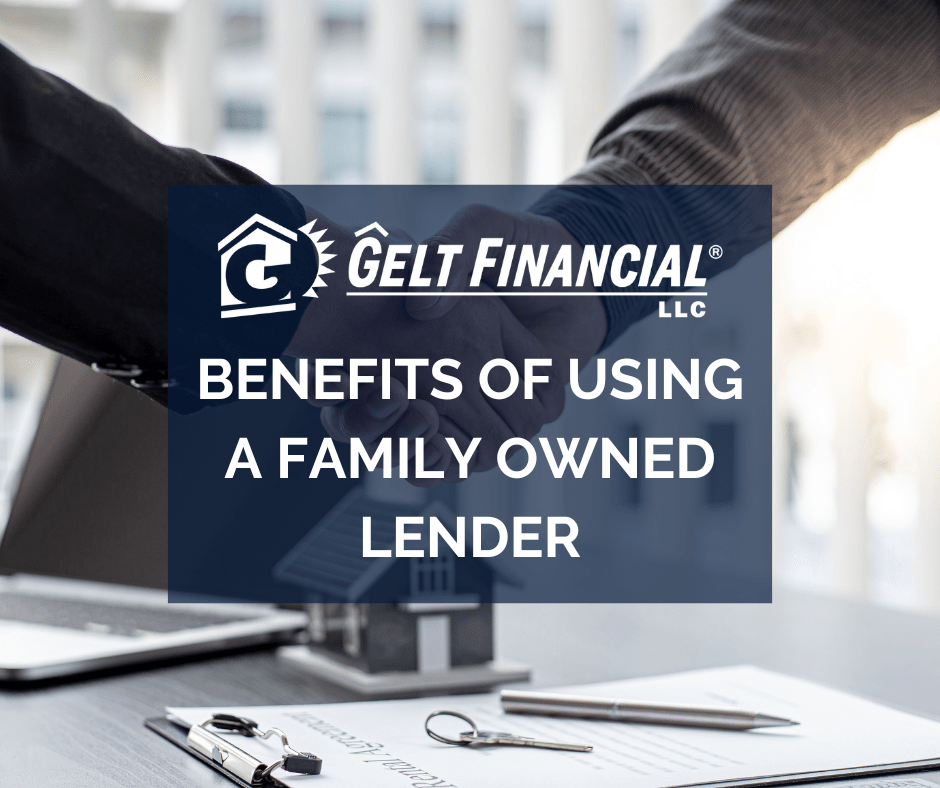The video explains the definition of Note on Note Financing. It is the practice of buying and selling notes, typically related to mortgages and debts. Investors look for discounts and consider various factors before purchasing, such as collateral value and default rates. While it offers profit potential, caution is required due to complexities and potential legal challenges:
“Hello, this is Jack Miller at Gelt Financial. Hopefully, you’re having a great day. The topic of the day is note-on-note financing. We’re getting more and more calls on this, and I thought I’d make this YouTube video and go into details because a lot of people don’t know what note-on-note financing is. So, I’m going to start at the basics and maybe give a little tips, a couple of tips along the way on buying notes.
Note-on-note financing is very simply the financing of notes. Usually, it’s notes and mortgages, just like real estate is sold on the open market, and you could buy a piece of real estate. Debt is commonly sold. It’s more commonly sold in the corporate area, but banks from time to time sell debt as well, as well as Fannie and Freddie and all kinds of agencies sell their debt, and it could be good debt. It’s common to sell it when there are problems with the debt. So now I’m making this, and it’s December 2020 or I don’t know in the middle or the end of Covid, but there’s a lot of distressed debt. So, buying distressed debt is a big item. A lot of banks and institutions want to sell their debt, and the financing of that debt is really what we’re going to talk about today, called note-on-note financing.
So, all that means is if Joe Smith agrees to buy a note from a bank, let’s say the note has a face value of a hundred thousand dollars, he could pay a hundred thousand or he could pay ninety thousand or eighty thousand or sometimes more than a hundred thousand. It’s the financing of that. So, if you think of a note-on-note financing, it’s similar to what a mortgage is on a piece of real estate, but it’s financing on a note. So why do people buy notes? Usually, it’s because they could buy them at discounts. So, you may have a situation where Joe Smith buys a note for let’s say it’s a hundred thousand dollar note, and he buys it for ninety thousand dollars. If he thinks the property is let’s say worth two hundred thousand, he got a good deal. He has ten thousand dollars gain on that.
Now, of course, some of the things you have to look for when you’re doing note-on-note financing, it’s not so simple to say he has a ten-thousand-dollar gain because if the interest rate is, let’s say, a four or five percent rate and it’s a 30-year balloon, you know the yield on that may not be high. So, you need to really look at the details of that. But if that note is in, let’s take another scenario, that note is delinquent and it’s in foreclosure, and the borrower does not have cure periods, and he’s buying that note for ninety thousand dollars, the face value is a hundred thousand dollars, and let’s say it has an 18% default and the property is worth 200,000, then it may be a very good deal. So, note-on- note financing is simply the financing of note or debts. It’s commonly in mortgages or commercial mortgages, but sometimes it’s in residential mortgages too. Gelt Financial does it as well as some other specialty lenders do it. Some of the things you have to be aware of, it’s very complex, and how it works is you have to number one agree with the seller of the note, they have to want to sell it, and you have to agree on a price. The price is determined, there’s a lot of factors, it’s the value of the real estate or collateral, it’s the interest rate on it, if there’s a default rate, if the property— if the loan can be cured or not, the length of time on it.
All of these things factor into the IRR, and it takes a special sophisticated buyer to buy these. If you don’t have the expertise, team up with someone who does have the expertise because I’ve seen a lot of people get into a lot of trouble. Giving example, let’s say it has a four percent interest, let’s say I’m making up numbers to get to the point, let’s say it has a face value of a hundred thousand dollars, has a four percent rate, and let’s say it’s 25 years left on it, and there’s a cure on it. If the borrower is delinquent and let’s say you buy that note for ninety thousand dollars and the borrower is delinquent and can cure the note, you may have to stick out—stick with that note for 20 years if the borrower can cure it. So, there’s a lot of details, really the devil’s always in the details. You also have to focus on, and just going off the top of my head, but anyway, I just wanted to get this out. Some of the things you should focus on are what municipal liens are ahead of you, usually real estate taxes, gas bill, water, and sewer is ahead of the note. So, you have to look at that because you may think you’re buying a good loan-to-value, but if they’re three or four- or five-years delinquent on the real estate taxes, you have to take that into consideration. It’s not only the real estate taxes, it’s usually municipal liens. So, you should really do an M&J—or mortgage and judgment search to see what’s ahead of you.
Again, the devil’s always in the details. I would look at the cure periods. If there are cure periods, that’ll affect it. If there’s a high or a low default rate, that’ll affect it. If you buy a note and let’s, say, the note rate is four percent or four and a half, let’s say it’s a bank deal, and the bank has a 10% default rate, that’s one thing. But if it’s a state max default rate, and the state max is 18% or 22%, that’s another thing. So, these are some of the things you should look out for, for a self-understood condition of property and what can go wrong, what can happen. Remember, when you buy the note, you’re stepping in the owner or the originator shoes. So, if there are lender liability issues, you have to deal with it and be go into these eyes wide open. I spoke to someone the other day; they were looking at buying a note, and they told me that they expected to have the property back in 60 days. I said, but what about if the borrower puts up a defense or if the borrower fights it or the borrower files bankruptcy, and it didn’t even enter this guy’s mind that that was a possibility.
So, note-on-note financing is fantastic, there’s a lot of money to be made buying debt, distressed debt. By the way, we buy it at Gelt Financial and we finance it at Gelt Financial, but go in eyes wide open and be very, very careful. It could be treacherous, and a lot of people could lose a lot of money on it. By the way, when you do note-on-note financing, loan to value and leverage is a key issue. Depending on what note you’re buying, what you’re paying for, what the value is the property, companies like Gelt Financial will consider lending you 100% or close to 100% of it. If the leverage is there, we’ll do it as debt, we’ll do it as JV equity if you find good deals, we’ll do it where you don’t have to put in any money. Can make a lot of money at it but be very careful on it. So that’s my two, three minutes. I probably went over on note-on-note financing. Remember, the devils in the details. Read every document of the mortgage and note that you’re buying because you have to know it because some– a bunch of attorneys are going to fight you on it, I can almost guarantee that. So anyway, take care, have a great day. I hope I didn’t babble on too long. Remember, check us out at geltfinancial.com. If you have any questions, post them on this YouTube, like it, like the channel, and we’ll try to post more. Take care and have a wonderful day.”
Category: Loan Programs
Tag: note financing







